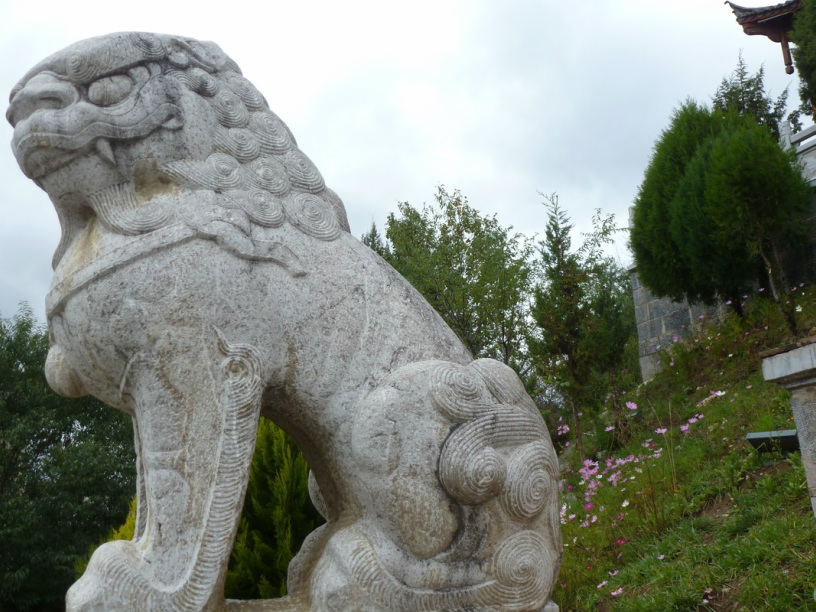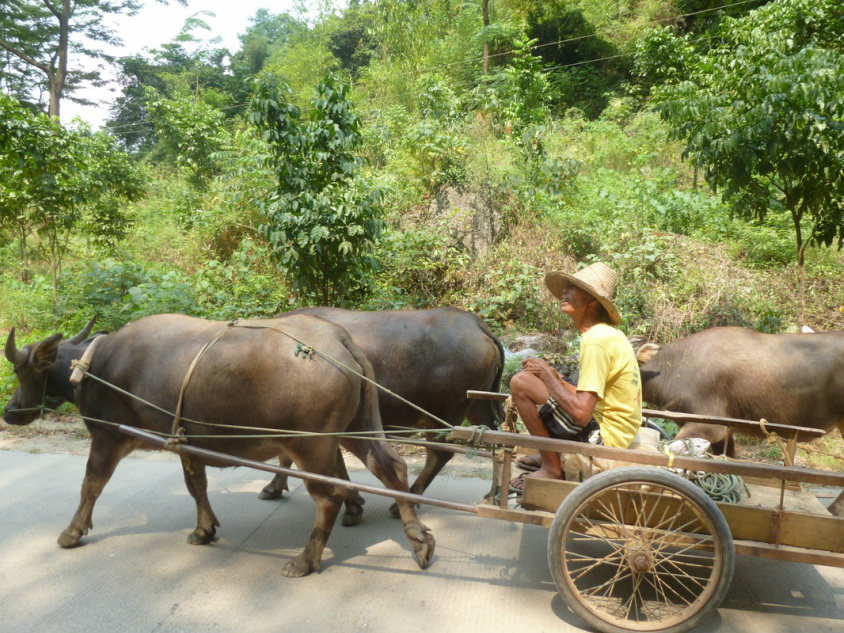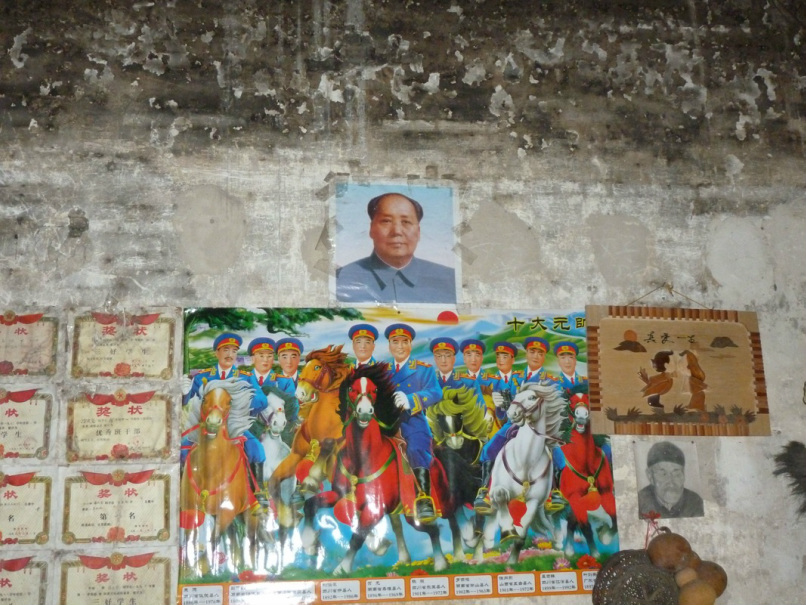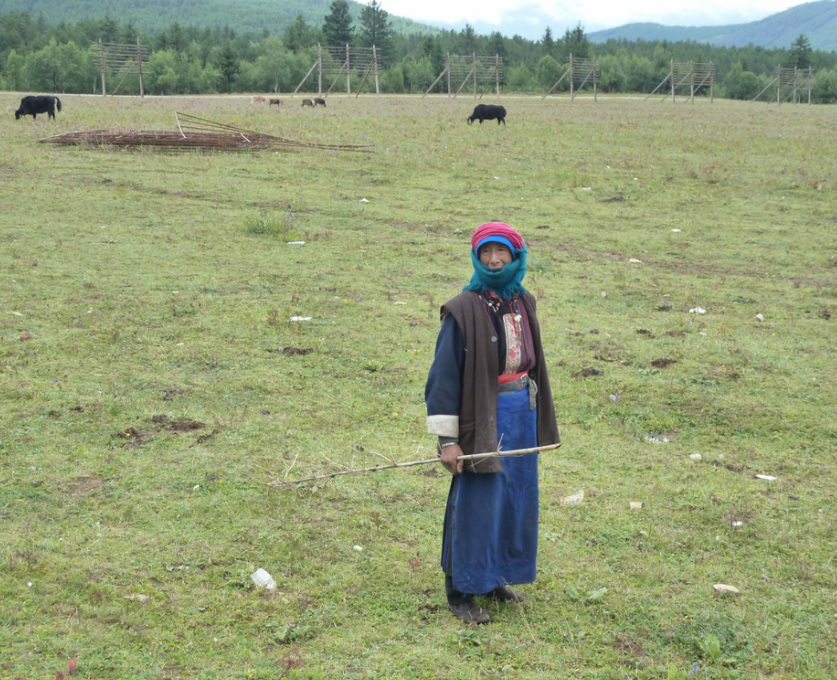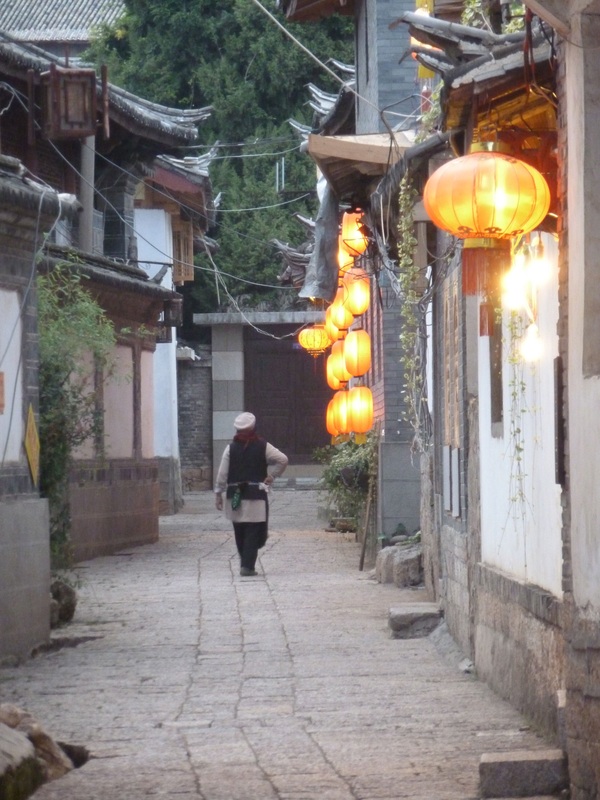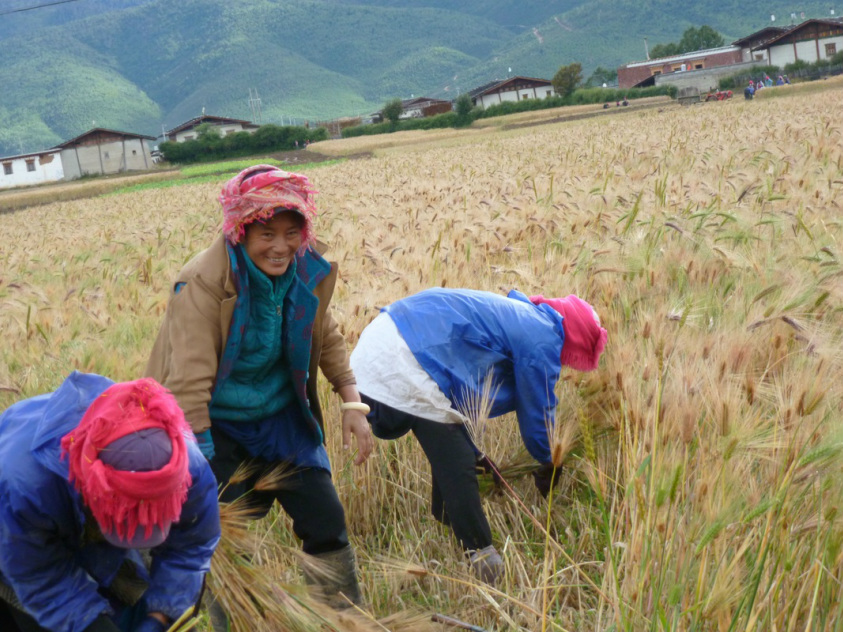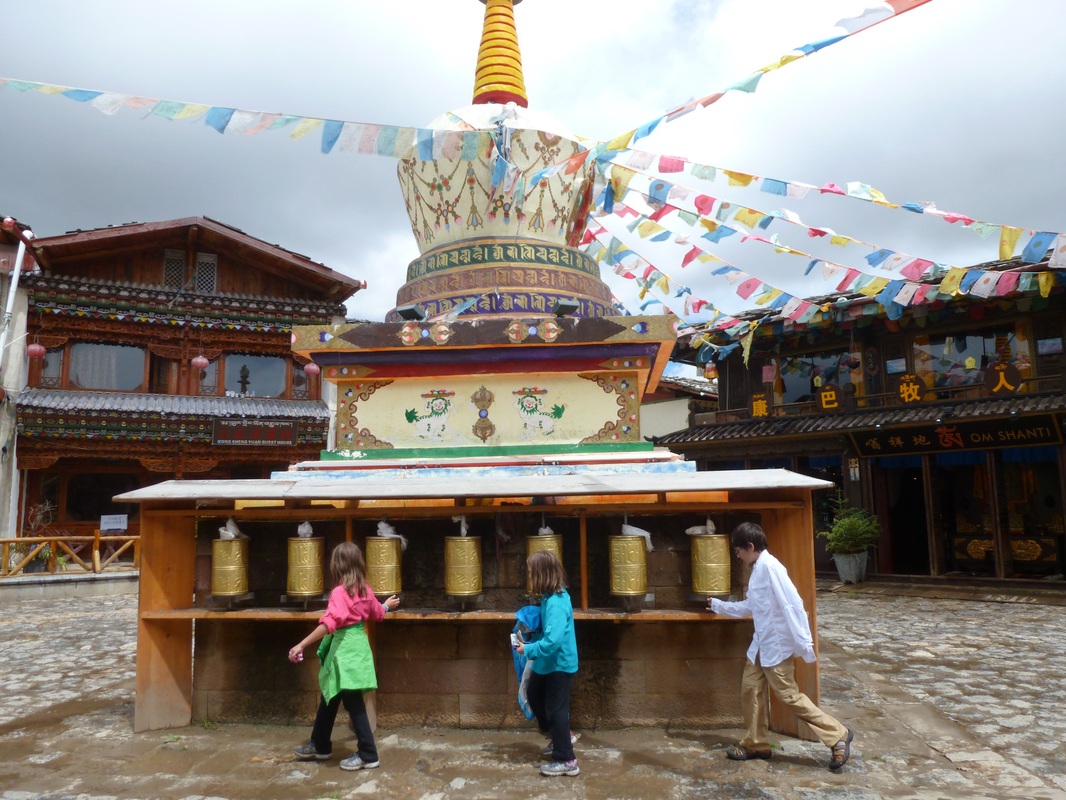China - North to South
China is like that old story about 6 blind men and an elephant. One old man touches its tail and says the animal is like a rope, another touches its ear and says no, it’s like a fan, another touches its leg and says no, it’s like a pillar, another touches its side and says no, it’s like a wall, another touches its trunk and says no, it’s like a snake, another touches its tusk and says you are all wrong, it’s a solid pipe. Depending on which part of China you go to you will get completely different impressions of China. Even within one city you can get completely different impressions depending on whether you are in the Chinese or expat section, as we found in Chengdu.
Five years ago I took my oldest daughter to the North of China. This visit we stayed completely in the South. And then we went to Tibet which you may or may not consider part of China depending on your politics. Each area has their pluses and minuses but they could not be more different. The North is more set up for foreign tourists and since everybody and their brother does the same big three - Shanghai, Beijing and Xian, there are lots and lots of western style hotels and restaurants, not to mention department stores and malls. On the other hand, anything older than a decade has pretty much been paved over by either high-rises in the cities, or giant, concrete public housing in the suburbs. When we took the train from Shanghai to Nanjing, it took three hours before we even saw the edge of the city and left behind the constant grey walls of apartment buildings. The sprawl is just unbelievable. But I’m glad we knocked off the major sights (Great Wall, Forbidden Palace, Tomb Warriers, the Bundt) because, let’s face it, they are Must Sees and should be on everyone’s bucket list. We even threw in a three day cruise down the Yang-se River before the Three Gorge Dam swept away most of the old villages. I’m not a fan of group travel but was intimidated by the idea of traveling on my own in an area where there was not the faintest hope of understanding the language or street signs so we found the perfect compromise by signing up with Intrepid. They are a travel agency based in Australia geared towards more “independent” travelers and they basically organize where you are going to stay and how you are going to get from town to town but other than that leave you alone. So we didn’t have to deal with finding hotels or scoring train tickets but we were never herded from place to place either and in fact we found it quite easy to get from one major sight to another on our own either by walking, metro or taxi. Any admission charges were clearly marked in english and our guidebook provided more than enough information to appreciate what we were seeing. So it was a very smooth introduction to the glories of China both past and present.
The south is more….equivocal. It is far more beautiful than the industrial north with most of its allure being natural wonders and glorious vistas rather than man made monuments. There are plenty of places where people are still living the way they did hundreds of years ago. And its people are more varied and colorful since almost all of China’s 55 minority tribes are found in 3 southwestern provinces. However, the tourist industry is distinctly geared towards the Han Chinese who travel specifically to see the exotic minorities. So even though it was much more laid back and the people, in general, far more willing to try and help, it is a pretty tough place to navigate on your own. We found we really needed a guide, especially one from a minority tribe, to explain the stories and cultural lore of the area. For example, we were at one temple and our Naxi guide was explaining the confluence of Buddhism, Confucianism and animism depicted by some frescos painted 400 years ago when she casually revealed how they had survived the cultural revolution. In the 1950’s when the red guards were destroying temples and burning sacred scriptures, the villagers had the brilliant idea of hanging giant portraits of Chairman Mao in front of the paintings. Not even the most rabid soldier dared rip them down. To this day, every family house in every Chinese province is required to have a picture of Chairman Mao hung prominently on the wall
That is the other thing about the South - you get a slightly greater taste of how difficult the last sixty years were for some of the Chinese. These autonomous zones are marked by greater poverty than the north and there is a clear demarkation between minority tribes that co-operate with the Han majority and move into government housing and those that insist on maintaining their nomadic ways. And then of course, you get to Tibet where, despite the Dalai Lama conceding that Tibet will never be independent in its own right, China still insists they control everything in this world and the next, leading to the irony of a government that does not believe in religion insisting that they, and only they, can decide who will be the next re-incarnation of the Dalai Lama once he dies.
Our trip through the north was really a celebration of China, not only in what we saw but because my oldest daughter is half Chinese and this was an introduction to her own heritage. We marveled not only at what we saw but the depth and span of Chinese ingenuity (tea, gunpowder, fireworks, noodles, silk; basically anything you can think of, they thought of it first). It was also an in-your-face introduction to the Chinese charge into the 21st century. A small side street in Shanghai has more neon advertisements than Broadway between 44th and 46th st. The average apartment building is 30 stories high. The micro minis and high heels worn by the girls and the skinny jeans and puffed up hair of the boys shows the conformity of Communism to be a distant view in their rear view mirror. Once you leave the big cities of the north however, there still seem to be plenty of small villages where time has stood still.
Our foray into the south revealed little rips in that admirable fabric as those citizens were whipsawed from one political philosophy to another, local monks stripped of their robes and sent out work in the fields or villages that starved when someone in Beijing changed their rice planting schedule. Daily life had its own harshness. Our Naxi guide in Lijang (who was in her 20‘s) revealed she was the only girl in her village who was allowed by her parents to attend middle school and in order to do that she had to walk 2 hours over the mountains each way morning and afternoon.
It seems to be a truism in all countries from Italy to America to China that people in the south are friendlier, slower and more more laid back than in the frenetic north. We hiked, biked and rode boats in the south while the north was primarily about moving from one great site to another. It was very easy to get off the beaten track in the south. We learned far more about Buddhism and cooking than we did about the major dynasties of the empire. If I was to return to China I would have no worries about getting around by myself in the north even without a scrap of mandarin but I think I would still need some logistical assistance in the south. They simply don’t need to speak english in the hotels, restaurants or train stations since 98% of their clientele is Chinese!
In the end I’m glad I saw China in the order I did - North, South, then Tibet. If we had seen Tibet first we would not have been able to to have that first rush of ”Wow! China is spectacular and they really are going to control the world” without any reservations. The south is more old China, the north more new China, seeing them both gives a more nuanced view of the whole.
In the end I’m glad I saw China in the order I did - North, South, then Tibet. If we had seen Tibet first we would not have been able to to have that first rush of ”Wow! China is spectacular and they really are going to control the world” without any reservations. The south is more old China, the north more new China, seeing them both gives a more nuanced view of the whole.
